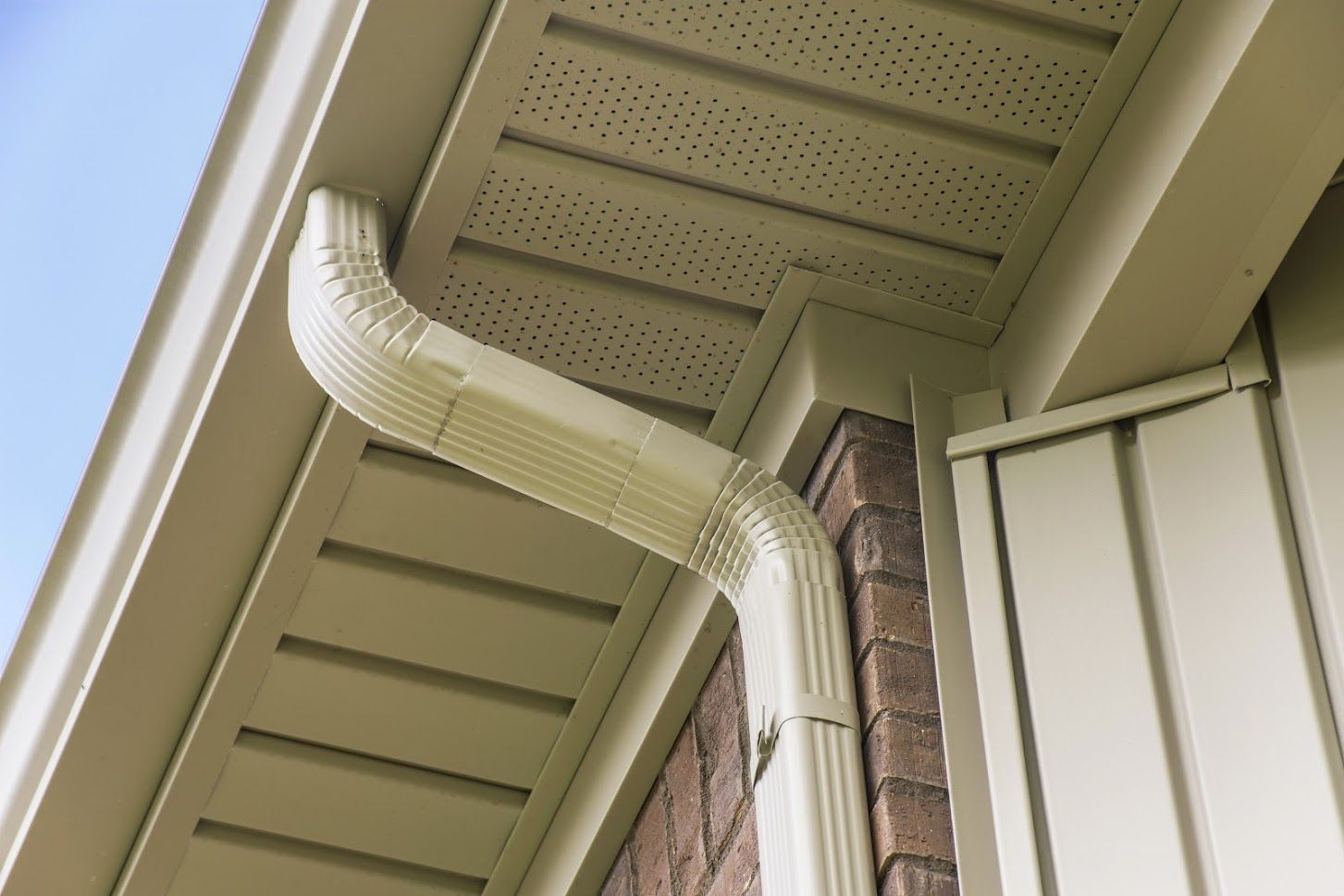Storm Damage: Just Because You Can’t See It Doesn’t Mean It Isn’t There
When another storm blows through the Twin Cities and brings strong winds, hail, and/or damaged trees and flying debris, your next thought may be about whether you need to have the roof inspected yet again.
If you've recently had a series of storms, that could sound like an annoying task to call about yet again. However, calling for a roof inspection after a storm is often necessary if you want your roof and home to remain in good shape.
You may think you can go outside and determine if you have roof damage from the latest storm. That's not the best route to take. You can have storm damage on your roof even if you can't see it.
Damage Is Often Very Difficult to See
Roof damage that's severe enough to lead to leaks isn't always visible. In fact, being severe enough to lead to leaks doesn't always require severe damage where parts of the roof are blown away. A tiny pinhole in a shingle can be enough to lead to water intrusion.
The only way to truly find storm damage is to have a roofing company get up there and look at the roof, chimney, flashing, and any connections like roof valleys.
Minor Can Imply Two Different Things
Minor roof damage doesn't sound so bad, but "minor" can imply a couple of different situations. Minor damage is small, but it can be solely cosmetic or actually have an effect on the structural integrity of the roofing material. So just because you think there might be some minor damage is no excuse to ignore the damage and wait to see what happens.
Keep in mind that if you have minor storm damage and don't fix it, then anything could change that minor damage into major. Texas A&M AgriLife Extension provides an excellent to looking for weak spots from the inside.
If you hear that other homes in your neighborhood had minor damage, or you see something that you think is just cosmetic, call a roofing company and get an inspection over with. Even minor damage to shingles can lead to leaks, and leaks can have consequences in your home.
Most Impacts Require an Inspection
Obviously, you can't have someone inspect your roof after every single storm—things like graupel aren't going to do much, and a soft rain shouldn't be an issue. The question is where to draw the line, as there is a point at which something about the storm will be strong enough to potentially do damage.
One thing you can do is look around the neighborhood to determine if you need to have your roof inspected. If you see damage to plants, cars, and other items outside, that's a good indicator that an inspection is necessary. If you see downed branches, that's a sign to call immediately, as one of them may have hit your roof.
Also keep in mind the combination of hail size and wind speed. A review from the Illinois State Water Survey reported that the same diameter of hailstone falling in weaker or stronger winds had varying impacts, with stronger winds resulting in stronger impacts. The hail you see fall may not look big, but if winds were severe, you should get your roof inspected anyway.
Keeping your roof in good shape after a storm is not just a nice thing to do for curb appeal. If you own a home, be prepared to call for roof inspections after storms with hail, strong winds, and any other impact-producing factors. Contact a roofing company like Minnesota Roofing Company so someone can check out your roof. This really is a situation where you need to be safe instead of sorry.


